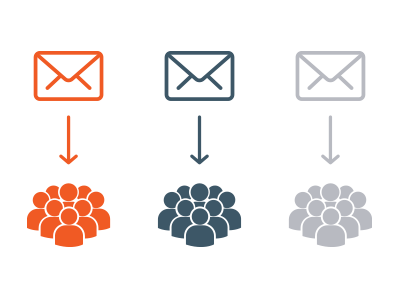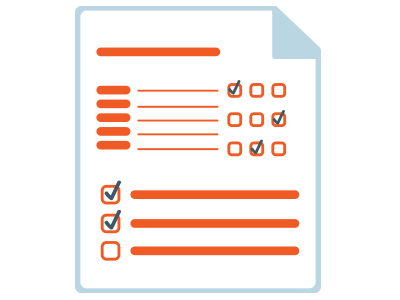With the surge of online and virtual resources available to potential attendees, trade shows are under increasing pressure to stay relevant, add value and sustain attendance numbers. The upside? Trade shows—particularly those organized by associations, publishers, or member-based organizations—are uniquely equipped with a robust array of data that gives them a strategic edge.
From past attendee lists, sponsor and subscriber databases, and membership information, to onsite content engagement metrics and survey feedback, these events have access to a treasure trove of data that any marketing team would covet. Here are some actionable ways to leverage this valuable data to draw more members, attendees, and exhibitors to your events.

Tailor your content and web experience
With simple data points like job titles and event sessions attended, you can start to build personas and message maps that help you develop content that will be of the greatest interest to the specific types of people who attend your events. The most effective content is educational and actionable. This delivers the greatest value to your audiences, builds trust and establishes your association or event as a thought leader. With personas established and content developed, you'll more effectively target and populate your event website, emails and other channels, with information that offers immediate value, and teases prospects with how they’ll get even more out of attending in person.

Use precise omnichannel targeting
Leveraging your first-party data makes it easier to attract prospects to your website, and can help you more effectively reach and deliver your content to them across the web. LinkedIn and Facebook, for example, allow you to target based on job titles or involvement in certain groups. You can also send segmented emails based on things like the membership activities someone has engaged in or the types of sessions they’ve attended in the past.
Taking it a step further, you can use your data to build lookalike audiences—web users that share interests and behave similarly to your ideal member or attendee. Using vast third-party networks, you can reach these convertible users with targeted banners, native content or video ads and many other formats.
Reach them where they are
One piece of information that allows you to effectively shape your messages and budgeting is where attendees, prospects or members live. If your event is in a warm-weather destination during the winter months, perhaps you can use that to appeal to prospective attendees that live up north. If the bulk of your attendees are traditionally from within a certain distance of the event or a particular city, you can use that information to more efficiently allocate your digital spend.

Time your communications
While it’s always smart to target prospects with content that’s of interest to them, another powerful technique is to leverage historical registration timing trends to reach them at the right time with a strong call to action. Focusing on direct response advertising with registration-focused calls to action during the window of time when you typically see the most registrations has proven highly effective.

Get more info whenever possible
It’s pretty clear that the more you learn about your members, former attendees and prospects, the better you can communicate with them. One of the most valuable information-gathering tools in the trade show producer’s kit is the post-show survey. Including questions about how attendees learned about the show and what convinced them to register is a good way to learn what’s working and how to adapt. Attendees at one client’s show, for example, cited exhibitor communications as being the most influential in their decision to attend. This drives us to seek ways to leverage exhibitor marketing and customer networks.
In this digital age, the coveted communications triad of delivering the right message to the right people at the right time is more achievable than ever. This is especially true for data-rich organizations like associations and veteran trade show producers. If you’re one of them, take some time to dig into your numbers and look for new and different ways to use them. You’ll be happy you did.



